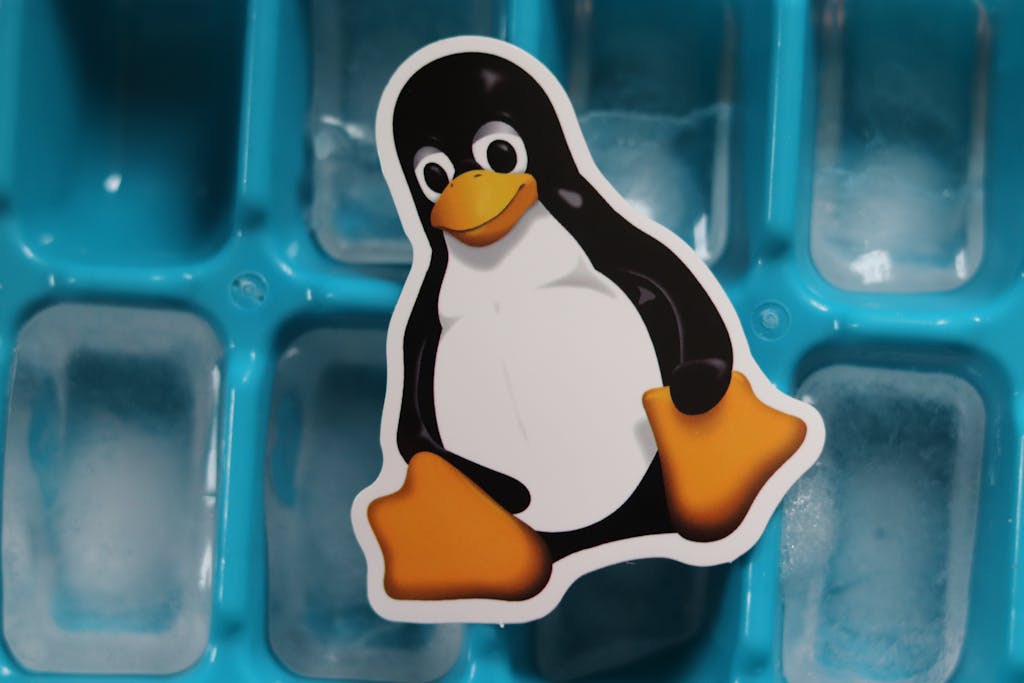Introduction:
The command line interface (CLI) has long been a staple of Linux computing, offering users unparalleled control and flexibility over their systems. Mastering the command line is a rite of passage for Linux enthusiasts and professionals alike, enabling them to perform tasks efficiently, automate workflows, and unleash the full potential of their systems. In this blog post, we’ll delve into the art of Linux command mastery and explore strategies for becoming proficient in the use of the command line.
Embracing the Basics:
At the core of Linux command mastery lies a solid understanding of the fundamental commands and concepts. Start by familiarizing yourself with essential commands such as ‘ls’ for listing files, ‘cd’ for navigating directories, ‘mkdir’ for creating directories, and ‘rm’ for removing files and directories. Learn how to use redirection and pipes to manipulate input and output streams, and master the use of wildcards and globbing patterns for efficient file manipulation.
Exploring Command Documentation:
One of the most valuable resources for mastering Linux commands is the built-in documentation system. Get comfortable with the ‘man’ command, which provides detailed manuals and usage instructions for various commands. Learn how to navigate and search through manual pages, and make it a habit to consult the documentation whenever you encounter unfamiliar commands or options. Additionally, explore online resources, tutorials, and community forums for tips, tricks, and best practices related to Linux command usage.
Building a Command Toolbox:
As you gain proficiency in the use of basic commands, expand your toolkit by exploring more advanced commands and utilities. Familiarize yourself with tools for text processing, such as ‘grep’ for pattern matching, ‘sed’ for stream editing, and ‘awk’ for text processing and manipulation. Explore networking commands for troubleshooting connectivity issues, system monitoring tools for performance analysis, and package management utilities for installing, updating, and removing software packages.
Harnessing the Power of Shell Scripting:
Shell scripting is a powerful tool for automating tasks and streamlining workflows on the command line. Learn how to write shell scripts using bash, the default shell for most Linux distributions, and explore scripting techniques for task automation, file manipulation, and system administration. Experiment with variables, loops, conditional statements, and functions to create reusable and modular scripts that enhance your productivity and efficiency on the command line.
Practicing Regularly:
Like any skill, mastering the command line requires practice and repetition. Set aside time each day to explore new commands, experiment with different options and parameters, and tackle real-world tasks and challenges. Build a habit of using the command line for everyday tasks, whether it’s managing files, administering system configurations, or troubleshooting issues. With regular practice and exposure, you’ll gradually build confidence and proficiency in the use of Linux commands.
Conclusion:
Mastering the command line is a journey of exploration, discovery, and continuous learning. By embracing the basics, exploring command documentation, building a command toolbox, harnessing the power of shell scripting, and practicing regularly, you can unlock the full potential of the command line and become a proficient Linux user. Whether you’re a beginner taking your first steps into the world of Linux or a seasoned professional seeking to deepen your expertise, command line mastery is a valuable skill that opens doors to new possibilities and enhances your effectiveness in the world of computing. Embark on your journey to Linux command mastery, and empower yourself to wield the command line with confidence and skill.

